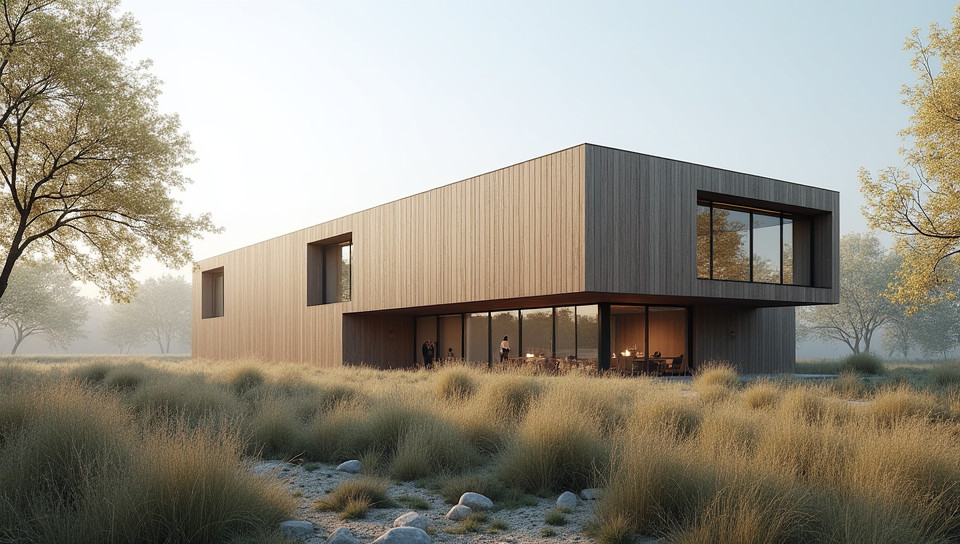These buildings do not always achieve zero energy 53%

The Reality Behind Zero-Energy Buildings
As we continue to strive for sustainability and reduce our carbon footprint, zero-energy buildings have become the gold standard in green architecture. These buildings are designed to produce as much energy as they consume over the course of a year, using on-site renewable energy sources such as solar panels or wind turbines. However, beneath the surface, these buildings often face significant challenges that prevent them from achieving true zero-energy status.
The Roadblocks to Zero-Energy
One of the primary obstacles is the concept of "net metering," which allows buildings to sell excess energy back to the grid and offset their consumption. While this may seem like a win-win for both the building owner and the utility company, it can lead to a false sense of security. In reality, net metering only accounts for the building's direct energy usage and does not take into account indirect sources such as plug loads or lighting.
The Hidden Energy Users
- Appliances and electronics
- Lighting systems
- HVAC systems
- Elevators and escalators
These often-overlooked areas can consume a significant amount of energy, making it difficult for buildings to achieve zero-energy status. For example, a building may produce more energy than it consumes during the summer months, but struggle to meet its energy needs during the winter when heating demands are high.
The Importance of Energy Efficiency
While zero-energy buildings are the ultimate goal, achieving 80-90% energy efficiency is still a significant accomplishment. By focusing on reducing energy consumption through design and operational improvements, building owners can create more sustainable spaces that minimize their environmental impact.
Conclusion
In conclusion, while zero-energy buildings are an inspiring vision for a more sustainable future, they often face practical challenges that prevent them from achieving true zero-energy status. By acknowledging these obstacles and focusing on energy efficiency, we can still make significant strides towards reducing our carbon footprint and creating more environmentally friendly spaces. As architects, engineers, and building owners, it's time to rethink our approach to sustainability and prioritize energy efficiency as the key to a greener future.
- Created by: Thiago Castillo
- Created at: Jan. 28, 2025, 3:55 p.m.
- ID: 19389









